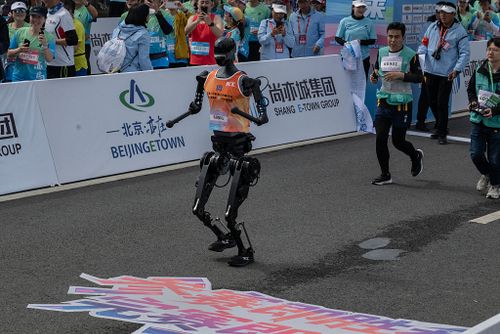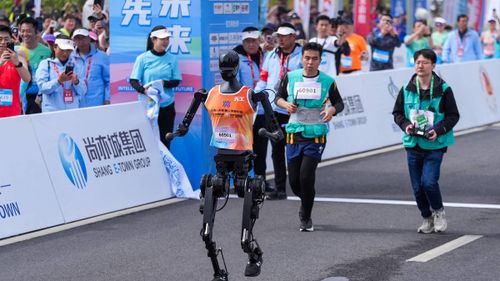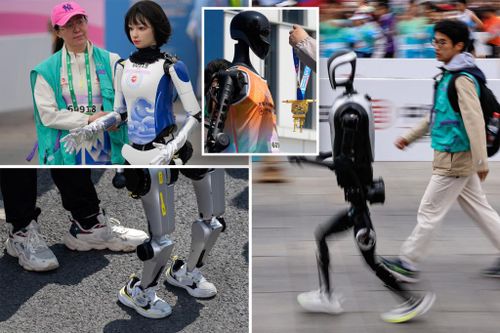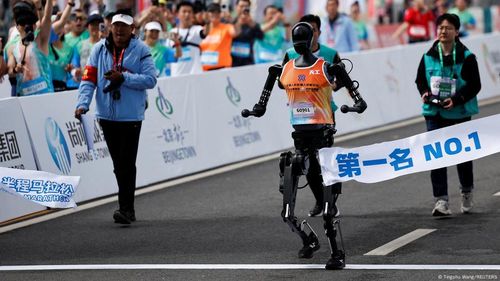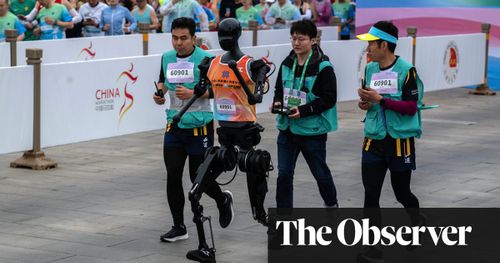Stumbling and Overheating, Most Humanoid Robots Fail to Finish Half Marathon in Beijing
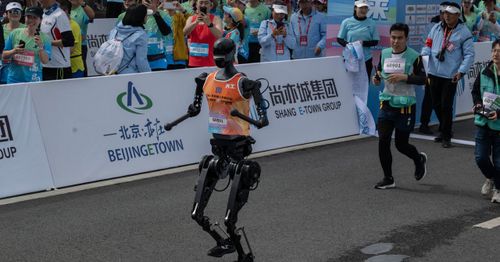
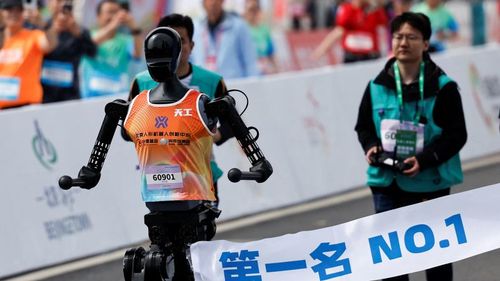
More than 20 two-legged robots competed in the world’s first humanoid half-marathon in China on Saturday, and – though technologically impressive – they were far from outrunning their human masters over the long distance. Teams from several companies and universities took part in the race, a showcase of China’s advances on humanoid technology as it plays catch-up with the US, which still boasts the more sophisticated models. And the chief of the winning team said their robot – though bested by the humans in this particular race – was a match for similar models from the West, at a time when the race to perfect humanoid technology is hotting up.
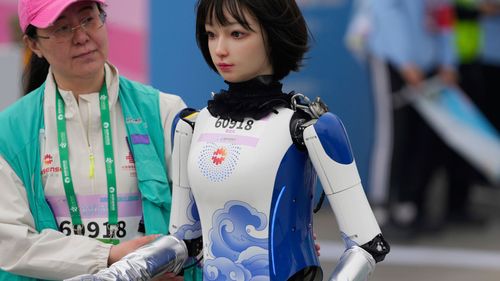
In a first-of-its-kind event Saturday, April 19, humans and humanoid robots competed on the same half-marathon course in Beijing, marking a milestone in both athletic and technological achievement. The 13.1-mile (21-kilometer) race wound through the Chinese capital’s Economic-Technological Development Area, presenting participants with challenging slopes and rail crossings. While human runners followed traditional race rules, robots navigated a specially designated lane, supported by teams of engineers, operators and navigators. Unlike their human counterparts who hydrated at water stations, robot participants were allowed mid-race battery swaps.
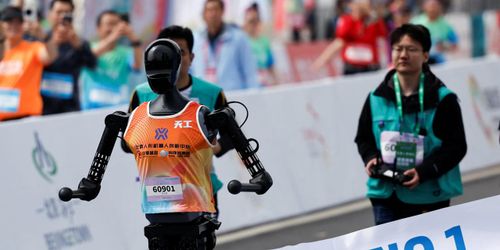
The 13-mile race—which its organizers said was the first of its kind—was a chance for China to show off the latest state of its humanoids, one of several technology areas at the forefront of the U.S.-China tech rivalry. China has said it wants the country to be a world leader in humanoid robots by 2027. Chinese authorities have lavished support such as subsidies, talent bonuses and tax breaks on robotics companies. In reality, the race showed both how quickly and smoothly some robots are able to run, but also how far away humanoids still are from being able to mimic human activity. “Running is a very basic ability of human beings,” said Tang Jian, the chief technology officer of Beijing Humanoid Robot Innovation Center, which developed one of the robots, Tien Kung Ultra. “Since we are making humanlike robots, we want to give them as many basic human abilities as possible,” which would be critical in eventually deploying them for industrial purposes.





